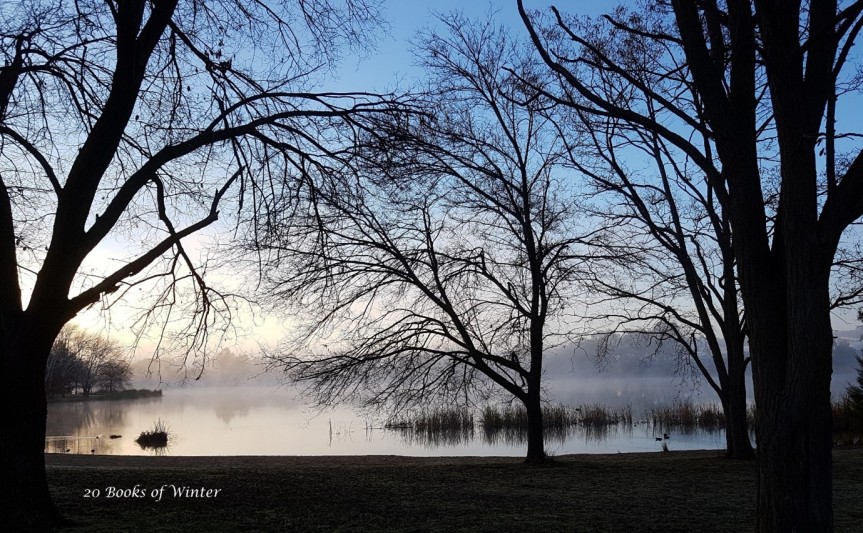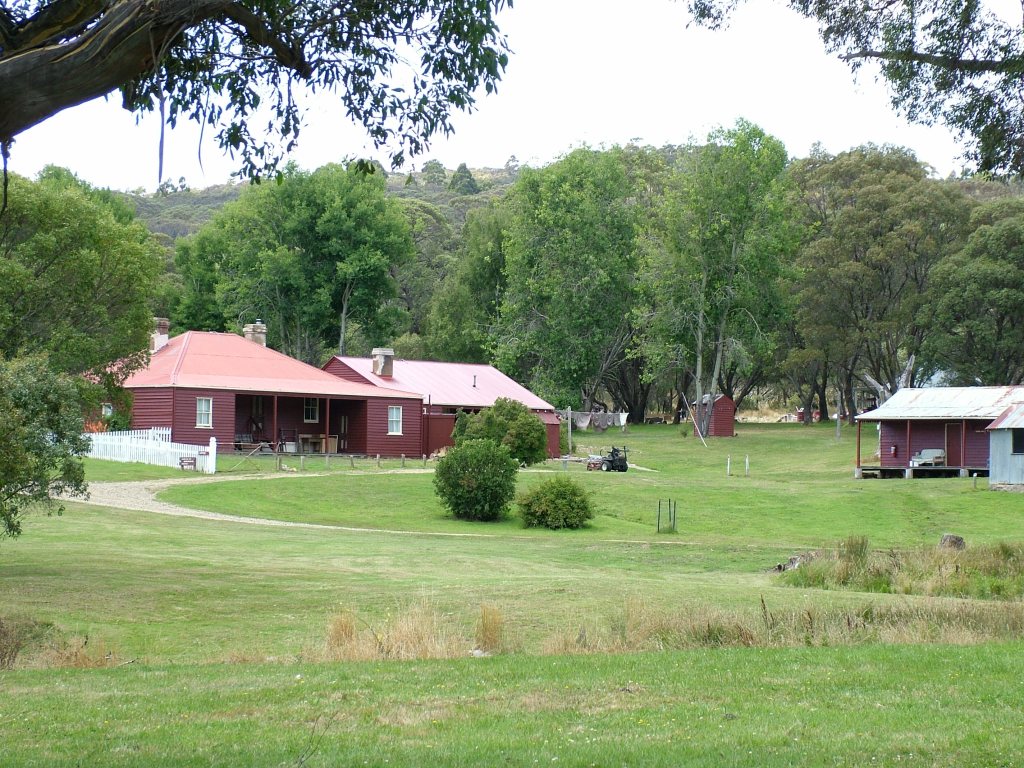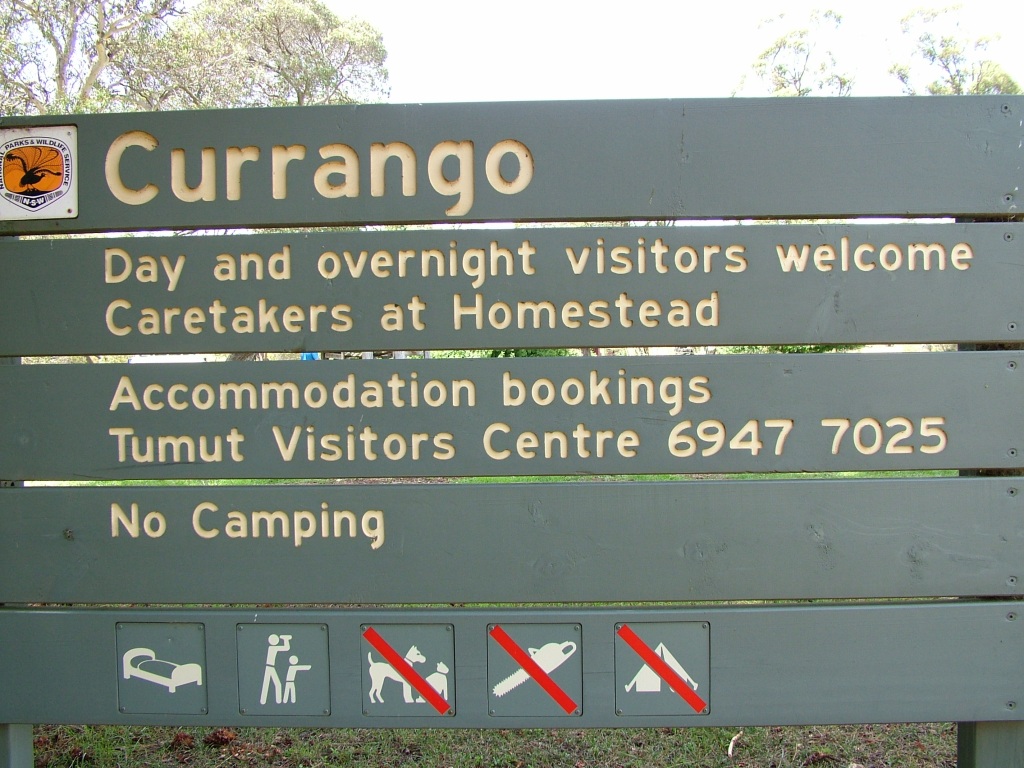
‘Currango was an unusual pastoral station. Situated in the southern alpine region of New South Wales, its chief purpose was to provide relief grazing for stock from drier districts. It was a run of approximately 35000 acres in the 1850s. By the 1920s it had grown to over 80000 acres, complete with a homestead, woolshed, workmen’s huts, shearers’ quarters, stables and yards. But its glory days were short. It was subdivided in 1930 and again, more drastically in the early 1940s. The final 900 acres were sold to the New South Wales government in 1946 to become part of the Kosciuszko State Park.’
My husband and I visited Currango twelve years ago: just a brief visit while exploring the area around Tantangara. I was intrigued by the location, and later purchased this book to learn more about the history. I learned that Currango was a pastoral station for 95 years, and I also learned that the technical name for the regular movement of stock to mountain pastures during summer is transhumance. Mr Merritt writes about the difference between grazing practices in Europe and New South Wales. While Europeans usually grazed their stock on commons, in New South Wales stock was grazed on land that was leased, sub-leased or purchased or (illegally) on crown land. The distances involved often meant that the journey in New South Wales could take weeks or months.

Figure 1 Taken by me in February 2012
The fortunes of Currango fluctuated over its 95 years as a pastoral property. Droughts, erratic wool markets, stock disease and land legislation (which Mr Merritt covers in some detail) all had an impact. As has changing expectations of land use.
These days, Currango station is a popular holiday destination although this area is currently closed from 4 April 2024 to 4 October 2024 (inclusive) for critical feral pest control operations.

Figure 2 Taken by me in February 2012
I enjoyed learning more about the history of Currango, and the history of European land use during this period.
Jennifer Cameron-Smith
Book 2 of 20 Books of Summer Winter
